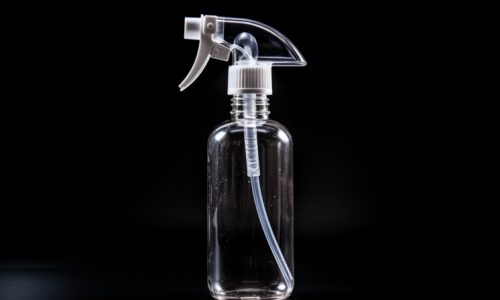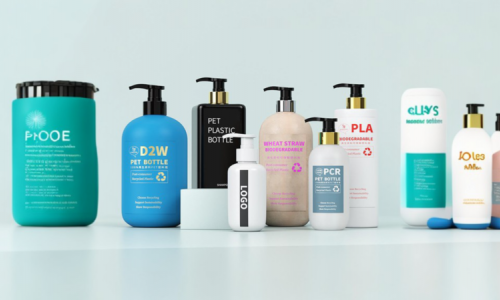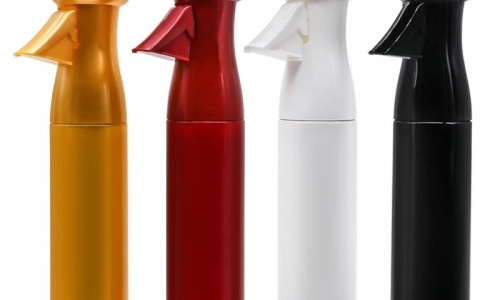
Working in a commercial kitchen requires the use of powerful cleaning chemicals. While these chemicals sanitize surfaces, their misuse can pose serious dangers. Proper handling and labeling of spray bottles containing chemicals is crucial for food safety.
Where To Store Chemical Spray Bottles
Chemical spray bottles should be stored securely away from food preparation areas. Keep them in a locked cabinet or closet when not in use. This prevents chemical contamination and access by unauthorized personnel. Never place sanitizing spray bottles on kitchen shelves or counters where they could leak near ingredients or finished dishes.
Proper Labeling Of Chemical Spray Bottles
All chemical bottles must have clear, durable labels identifying the contents. List the product name, manufacturer contact details, instructions, and any hazard warnings prominently on the front. Include the date mixed so workers know to replace outdated solutions. This labeling prevents dangerous mix-ups when decanting chemicals from bulk containers.
Preventing Chemical Contamination Of Food
Food workers must be vigilant to avoid chemical hazards like toxic fumes or spills from coming into contact with ingredients or prepared meals. Take these precautions:
- Know which chemicals pose contamination risks and how to identify them. Review safety data sheets.
- Use personal protective equipment like gloves, goggles, and masks when handling chemicals.
- Follow protocols for safe use, ventilation, spill containment, and proper disposal.
- Immediately alert supervisors about any potential chemical exposures or accidents.
Dirty spray bottles breed bacteria. Follow these steps to properly clean them:
- Rinse with hot soapy water then scrub inside surfaces with a bottle brush.
- Rinse several times until all soap residue is removed.
- Fill with undiluted white vinegar and soak for 30 minutes to disinfect.
- Rinse vinegar and allow to fully dry upside down.
Thawing ground beef on a tray in the refrigerator is the safest method. It may take 1-3 days depending on the size of the package. Cook within 1-2 days after thawing. Microwaving or cold water thawing can cause bacteria growth when not cooked immediately. Always cook thawed ground beef thoroughly until no pink remains. Follow USDA guidelines for safe frozen meat handling.
In commercial kitchens, proper use and labeling of chemical spray bottles along with safe food handling prevents illness. Employers must train staff on contamination risks and protocols. With vigilance, food service professionals can maintain the highest standards of food safety.






